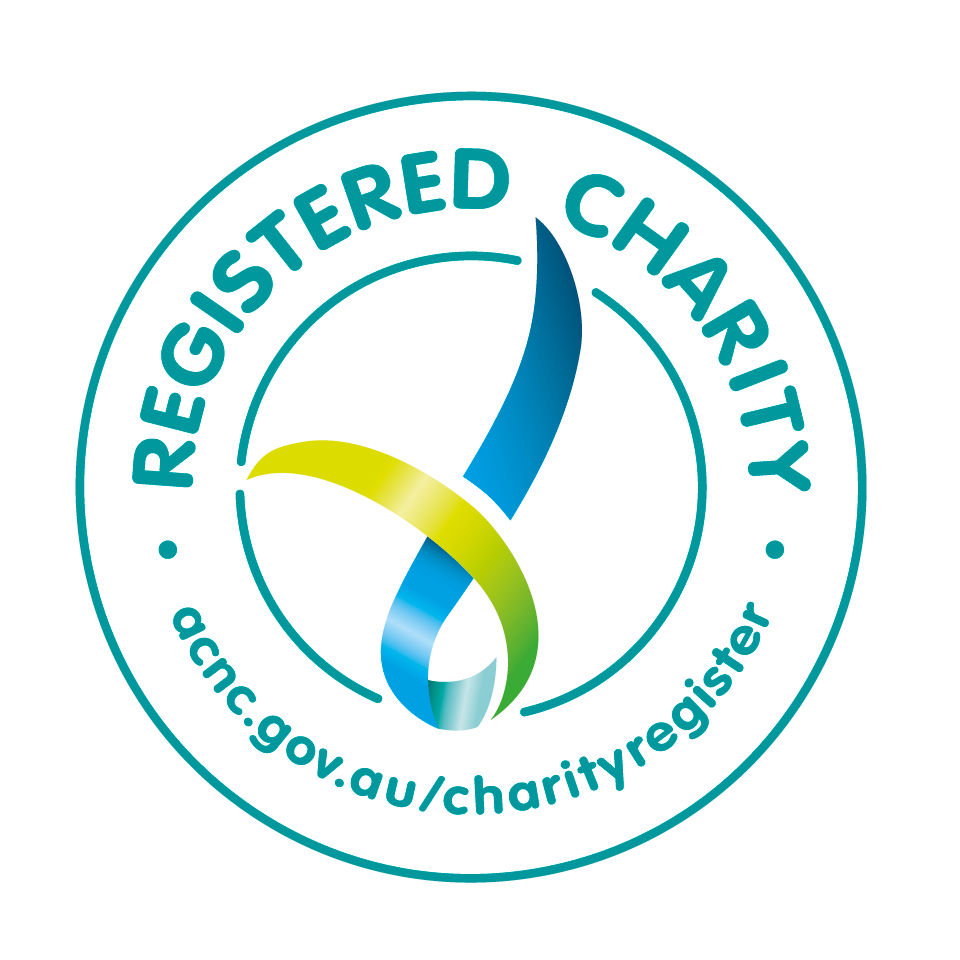More than 50% of Australians identify with a religion, with over 43% identifying as Christian in the 2021 census. Ministry to children and young people plays an important part in their faith journey, providing peer support and a community of faith and teachings.
Jesus encouraged us to let the children come to him – and not to hinder them!
“Let the little children come to me and do not hinder them for the kingdom of heaven belongs to such as these.” Matthew 19:14
The heart of any church or religious institution should be to keep children and young people safe. ChildSafe Australia is the expert in child safety that your church can rely on to help your staff and volunteers to meet your church’s child safety requirements. ChildSafe’s framework strengthens your church’s screening, training, incident reporting, and risk management.
ChildSafe empower organisations with training resources and tools to develop a culture of safe people, safe programs and safe places.
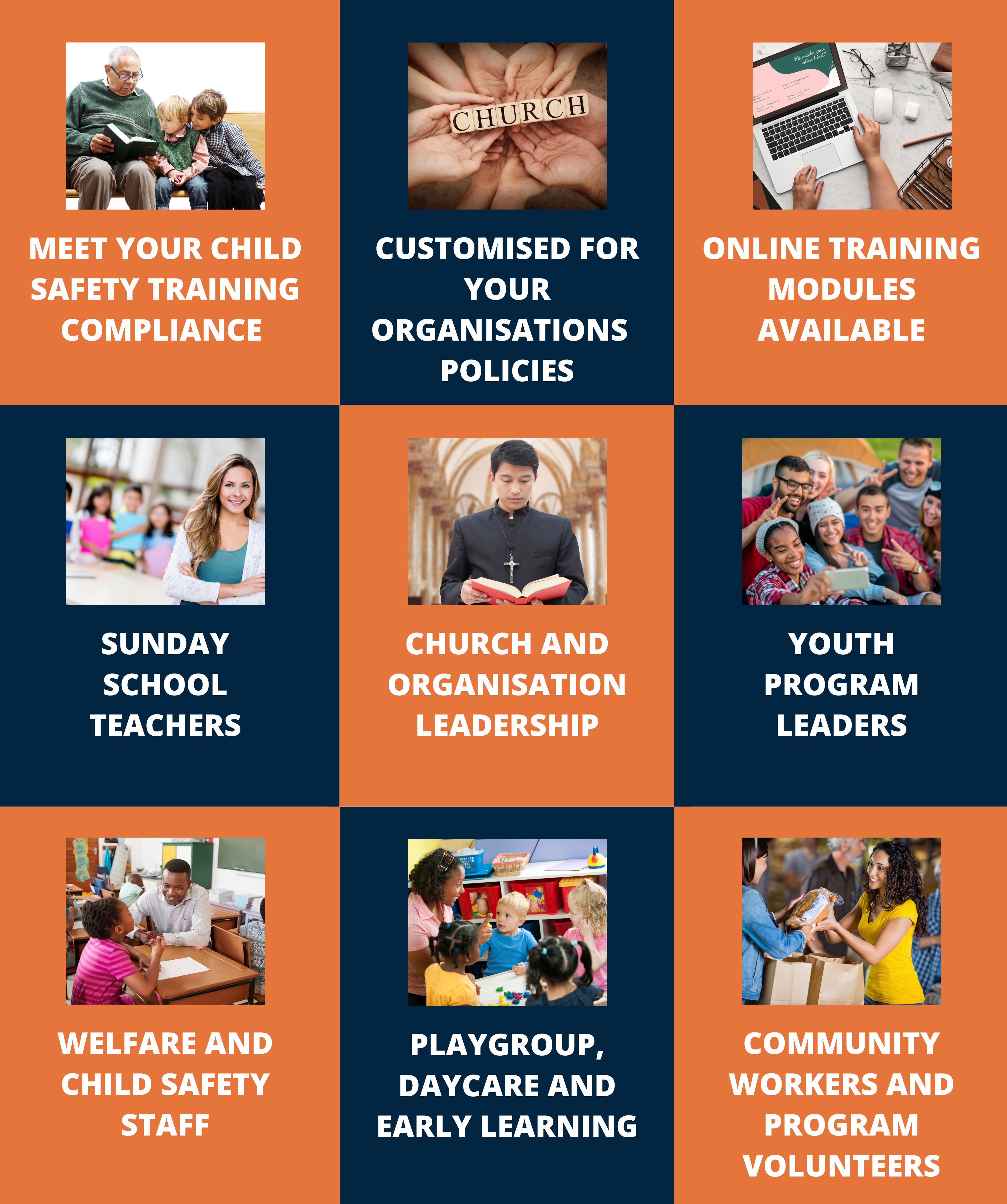
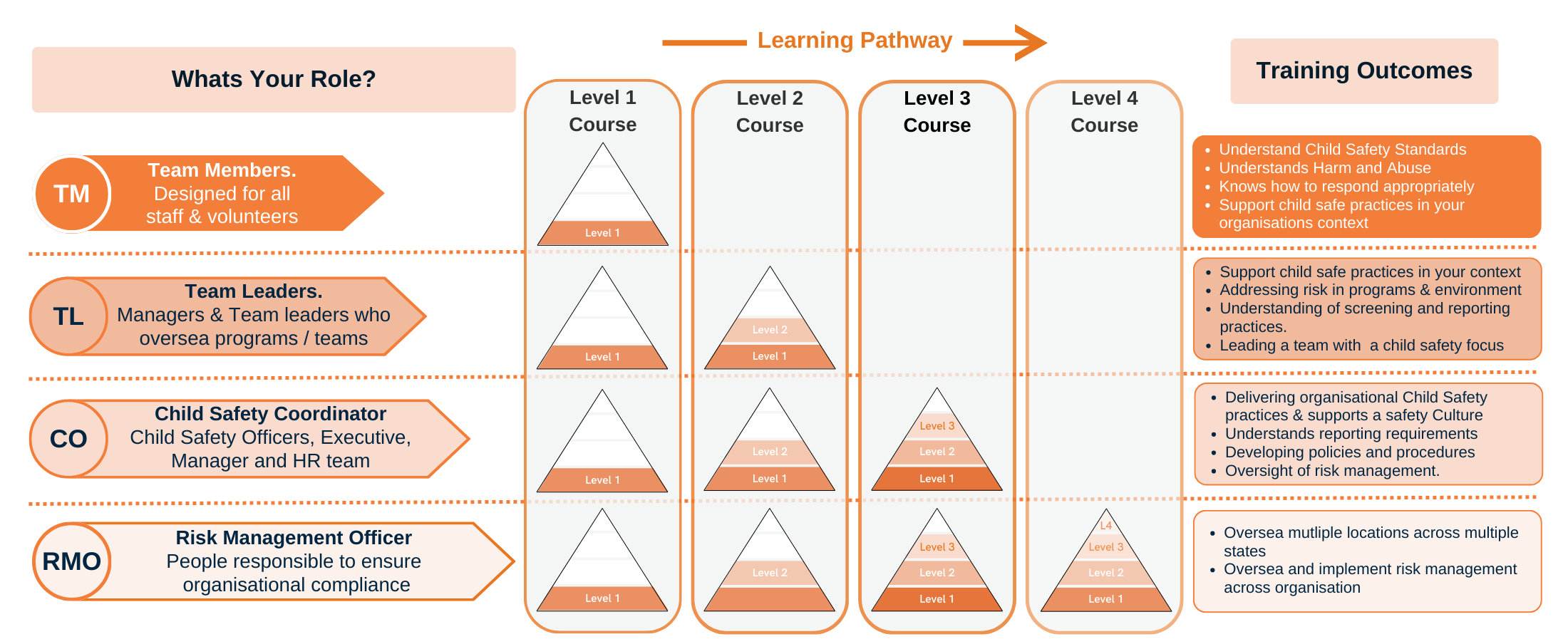
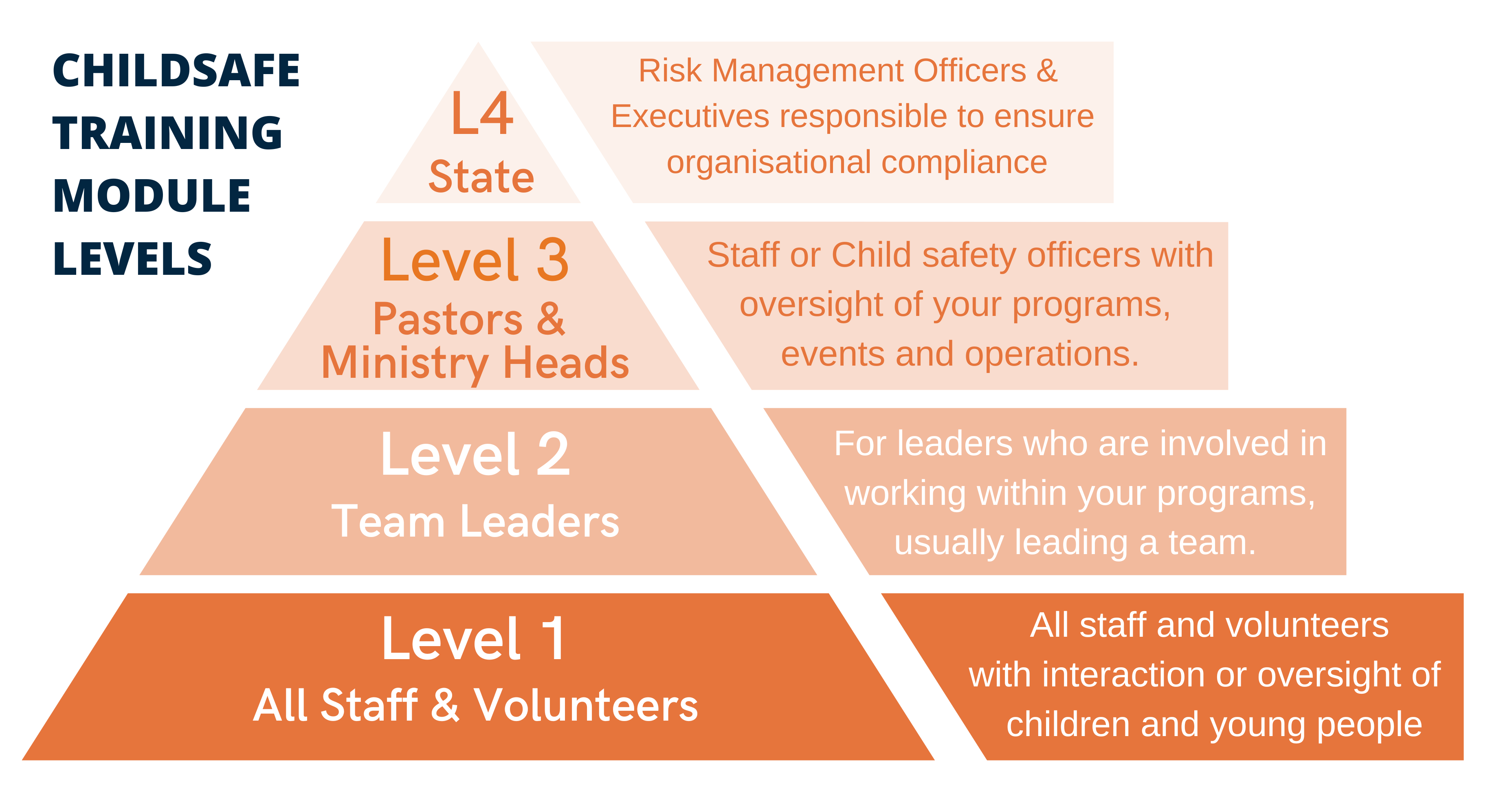

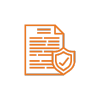


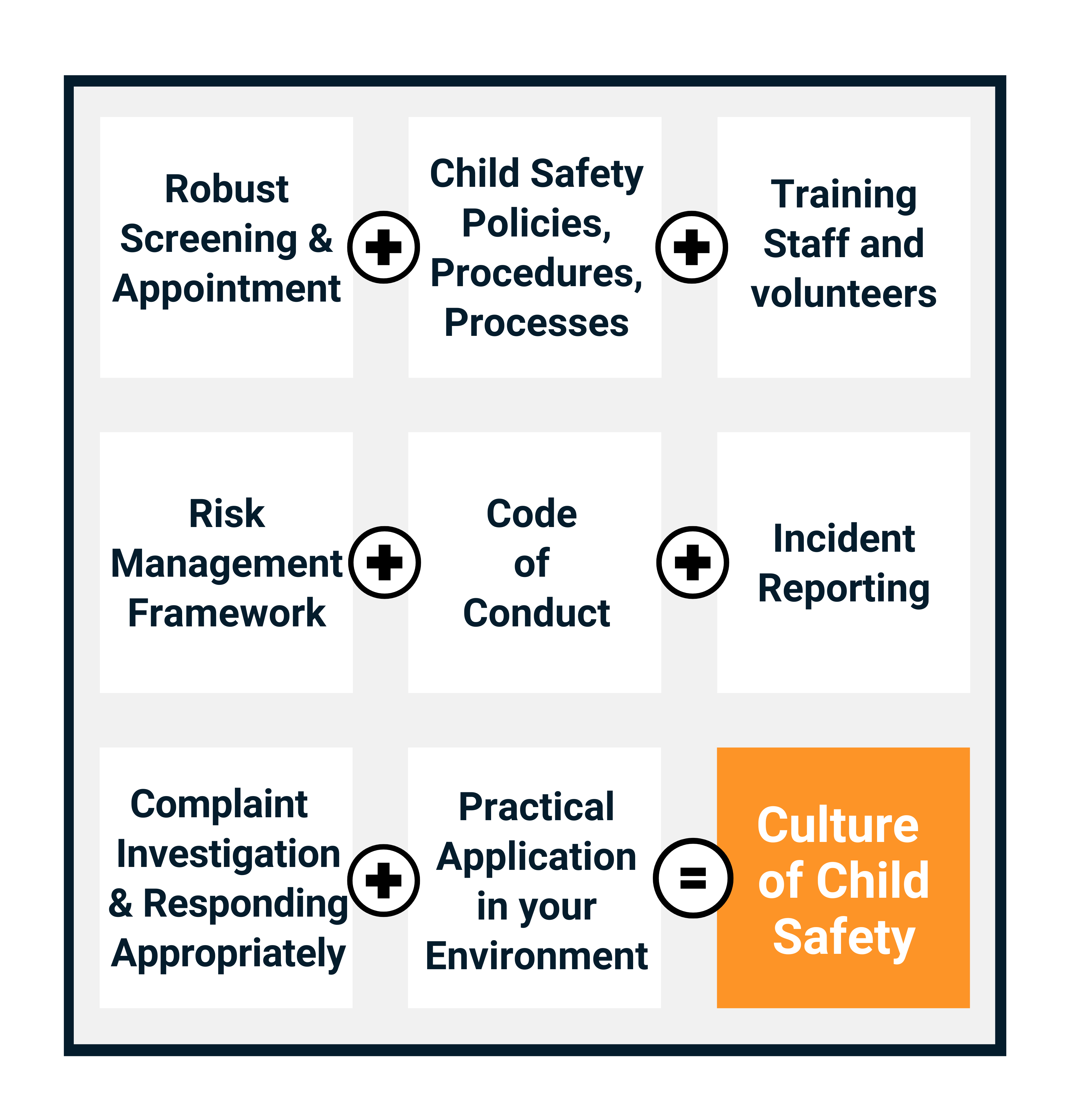
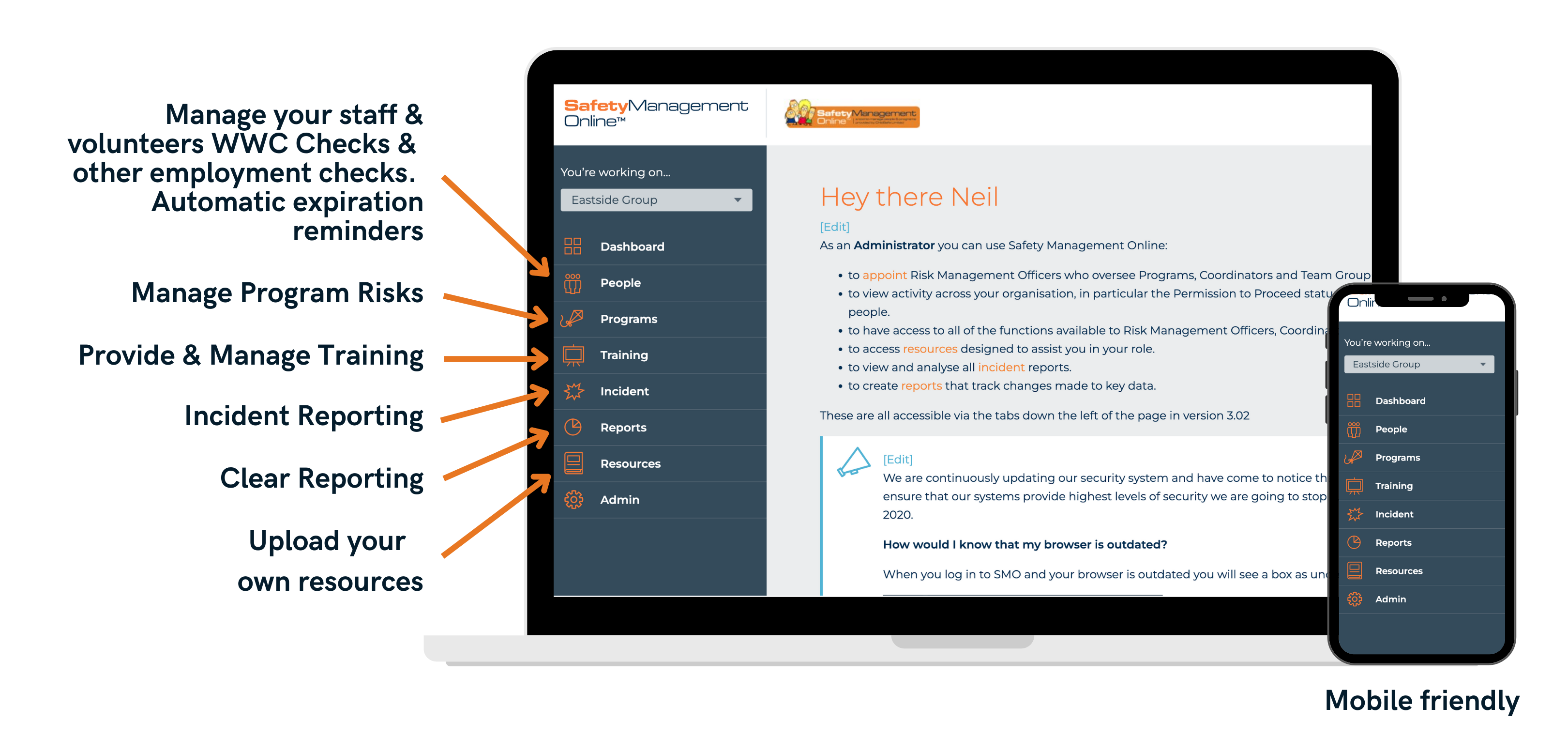

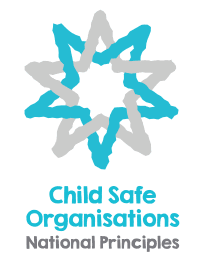
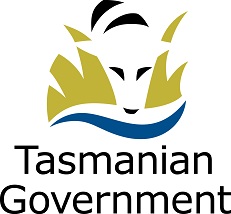
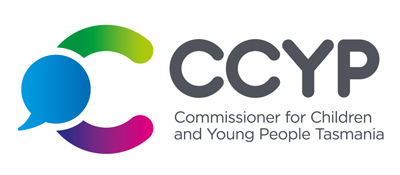
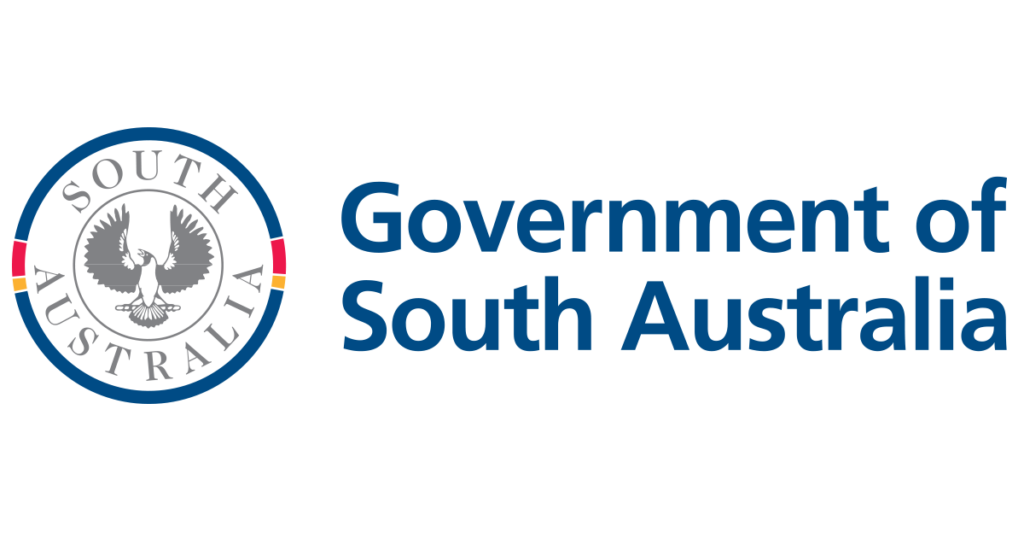





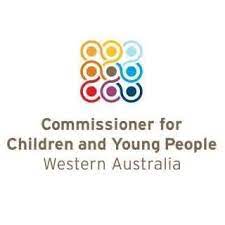
![ccyp-logo.vIAZNKXHynWmr7zuuqXQag[1]](https://www.childsafe.org.au/wp-content/uploads/2022/12/ccyp-logo.vIAZNKXHynWmr7zuuqXQag1.png)

